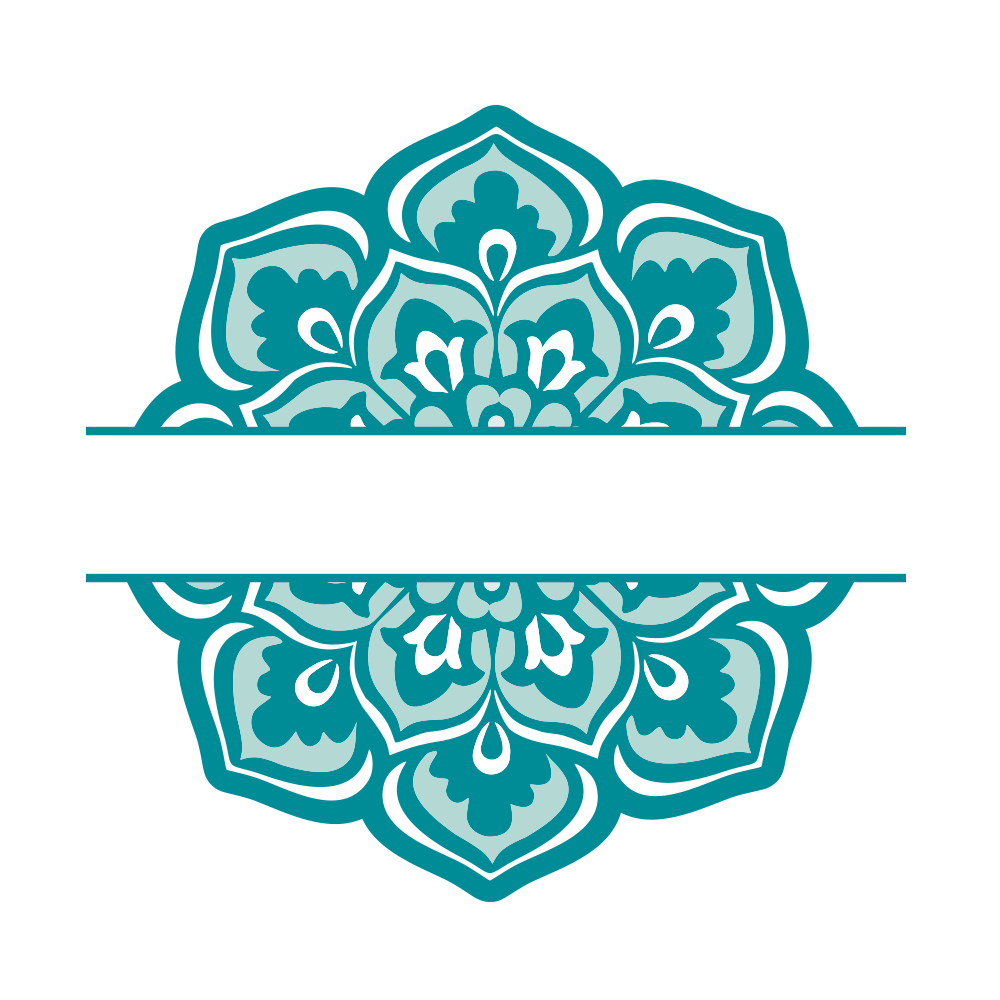Understanding and Expanding Your Window of Tolerance
In the ever-evolving profession of psychotherapy, it is of the utmost importance to have a solid understanding of how individuals deal with stress and emotional issues. One of the fundamental models that provide light on this process is referred to as the “window of tolerance.” The notion that was developed by Dr. Dan Siegel offers a framework that may be utilised to appreciate the disparities that exist in the ways in which individuals manage their emotional responses and deal with pain.
The concept of the window of tolerance embodies the notion that every individual possesses a zone of arousal that is optimal for them, allowing them to digest and react to their experiences and stimuli in the most effective manner. Individuals are able to effectively interact with the obstacles that life presents without becoming overwhelmed or shutting down when they operate inside this window.
The purpose of this article is to explore deeper into the implications of the window of tolerance in everyday life, studying its significance in the process of cultivating emotional understanding and resilience.
Furthermore, we provide you with actionable tactics that are intended to broaden this window, so strengthening your capacity to deal with stress, enhancing your ability to regulate your emotions, and encouraging your general mental well-being. This window of opportunity not only contributes to the development of the individual, but it also improves the quality of interpersonal interactions and increases productivity in a variety of facets of life.
How does one define the “Window of Tolerance”?
When we talk about the window of tolerance, we are referring to the optimal zone of arousal in which an individual is able to function at their highest level. It is possible to process feelings, deal with stress, and maintain a peaceful and connected state of mind inside this window. This zone is distinguished by a condition of psychological equilibrium, in which feelings are experienced and articulated in an appropriate manner while also being felt. Because of a number of factors, including genetics, upbringing, and experiences in life, the size and form of a person’s window is different from that of another person’s window.
The Zones of the Window of Tolerance
- Hyperarousal (hyperactivity): This is the upper limit of the window where one might feel overwhelmed, anxious, or overly emotional. In this state, people tend to react impulsively, feel agitated, and have a heightened startle response.
- Hypoarousal (hypoactivity): This is the lower boundary where one might feel numb, disconnected, or lethargic. It’s often characterized by withdrawal, dissociation, and a feeling of being emotionally flat or shut down.
Understanding your window of tolerance is crucial for developing effective strategies for emotional regulation and stress management. Recognizing when you are outside of your window can help you take steps to return to a balanced state.

Symptoms of Being Outside the Window of Tolerance
When individuals are outside their window of tolerance, they can exhibit symptoms that significantly affect their psychological and physical functioning. The window of tolerance, a term coined by Dr. Daniel Siegel, describes the zone of arousal in which a person can function most effectively. When people are within this window, they are typically able to process and respond to stimuli in a balanced, productive manner. However, when they fall outside this window due to excessive stress or trauma, their ability to cope and function can be compromised.
Signs of Hyperarousal
Hyperarousal is one of the states indicating that an individual has exceeded their window of tolerance, typically characterised by an elevated stress response that mimics a constant state of ‘fight or flight’. This can manifest in several ways:
- Restlessness and inability to relax: Constant physical and mental tension, inability to stay still, feeling ‘on edge’ or overly alert.
- Excessive worry or fear: Persistent and overwhelming concerns about potential threats or negative outcomes, often disproportionate to the actual situation.
- Irritability and mood swings: Frequent changes in mood, often with aggressive overtones, reflecting the person’s inner turmoil and decreased tolerance for stress.
- Panic attacks or heightened anxiety: Intense episodes of fear or dread accompanied by acute physiological symptoms like shortness of breath, dizziness, or chest pain.
- Physical symptoms such as rapid heartbeat and sweating: Noticeable physical signs of distress, which are responses from the sympathetic nervous system gearing up the body for perceived danger.
Signs of Hypoarousal
On the other end of the spectrum, hypoarousal reflects a ‘freeze’ response, where the individual shuts down physically and emotionally. This state can include:
- Emotional numbness or detachment: A protective response where emotions are muted or absent; individuals may seem aloof or disconnected.
- Memory lapses or “blanking out”: Difficulties in recalling details of recent events or conversations, often as a way of mentally escaping from stress or trauma.
- Lack of energy and profound fatigue: Overwhelming tiredness that is not alleviated by rest, reflecting the body’s shutdown response to prolonged stress.
- Difficulty focusing or making decisions: Cognitive functions are impaired, making it challenging to attend to tasks or make choices effectively.
- Feeling disconnected from the body or surroundings: A sense of unreality or being an observer of one’s life rather than a participant, which can also include sensory distortions or a lack of awareness of physical needs.
Understanding these signs is crucial for developing strategies to help individuals return to their window of tolerance, where they can better manage stress and engage in healing processes. Approaches like mindfulness practices, cognitive-behavioral techniques, and therapeutic support can be effective in moderating these symptoms and expanding the window of tolerance.
Strategies to Increase Your Tolerance
Mindfulness and Awareness Practices
Mindful Breathing: Deep breathing techniques can assist regulate the autonomic nervous system and return you to your window of tolerance.
Mindfulness Meditation can help you become more aware of your emotions and regulate them more effectively.
Cognitive behavioural methods
Cognitive restructuring is identifying and confronting distressing thoughts that may be driving you into hyperarousal or hypoarousal.
Behavioural Activation: To combat hypoarousal, engaging in activities that stimulate happy emotions can be quite beneficial.
Somatic approaches
Progressive Muscle Relaxation: This approach relieves physical tension that comes with emotional stress.
Yoga and Tai Chi: These disciplines combine bodily movements with breathing exercises to increase physical and emotional awareness.
Therapeutic interventions
Psychotherapy: Talking therapies, particularly trauma-focused treatments, can be extremely beneficial in widening the window of tolerance for those whose windows have been limited owing to previous trauma.
EMDR (Eye Movement Desensitisation and Reprocessing) is a specialised therapy that aids in the processing and integration of traumatic memories, perhaps increasing the window of tolerance
Building Support Networks
Social Support: Connecting with a supportive community can bring emotional comfort and stability, allowing you to manage stress more successfully.
Peer Support Groups: Sharing experiences and coping skills might help people better understand and manage their emotions.
Final Thoughts
By gaining an understanding of your window of tolerance, you can gain a profound understanding of the reasons behind the manner in which you react to stress. You are able to take preventative measures to return to balance if you are able to identify the indications that indicate when you have been pushed past your window of opportunity, whether it be into hyperarousal or hypoarousal.
The goal of increasing your window of tolerance is not simply to lessen the likelihood of experiencing unfavourable symptoms; rather, it is to improve your general capacity to interact with life, deal with difficulties, and take pleasure in a life that is richer and more connected.
Extending your window of opportunity calls for patience, work, and frequently the assistance of professionals; nonetheless, the benefits of doing so include improved emotional control, higher resilience, and a more profound comprehension of both yourself and the emotional world you inhabit. By taking each step towards increasing your window of tolerance, you are paving the road for a healthier and more adaptable method of dealing with the obstacles that life throws at you.

12 days of Healthy Holiday Boundaries
Personal boundaries could be your best gift these holidays.

Why Can’t I Remember My Childhood? Exploring the Impact of Trauma on Memory
Why Am I Unable to Recall My Childhood? Examining How Trauma Affects MemoryFor many, childhood memories are vivid and cherished, filled with scenes of laughter and learning. However, some individuals find large portions of their childhood shrouded in fog, their past...

